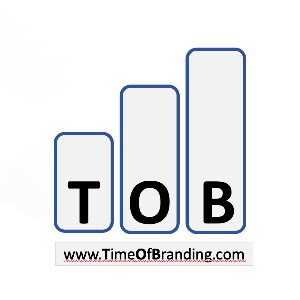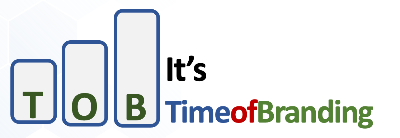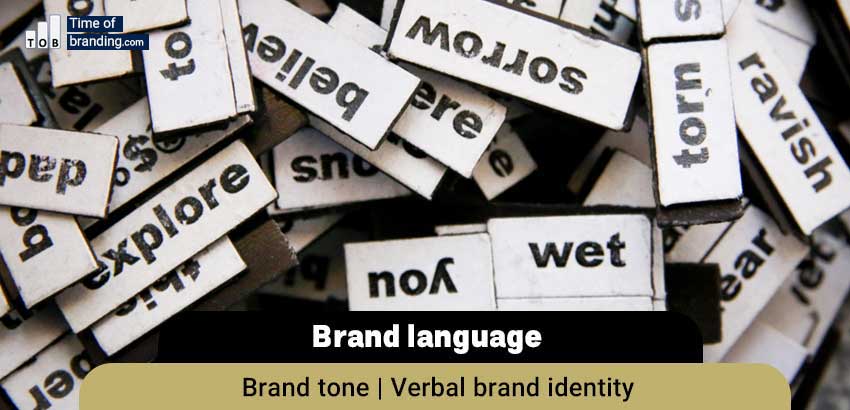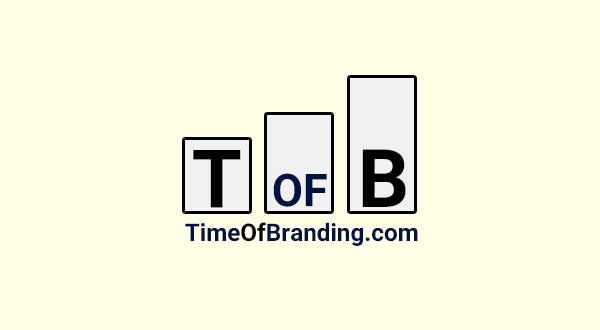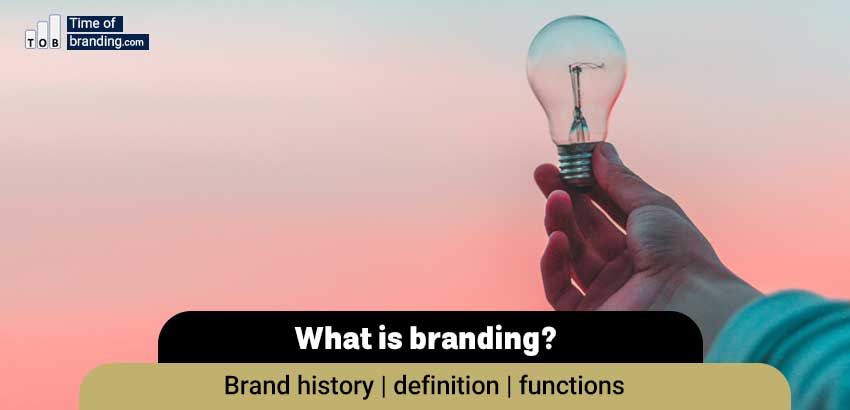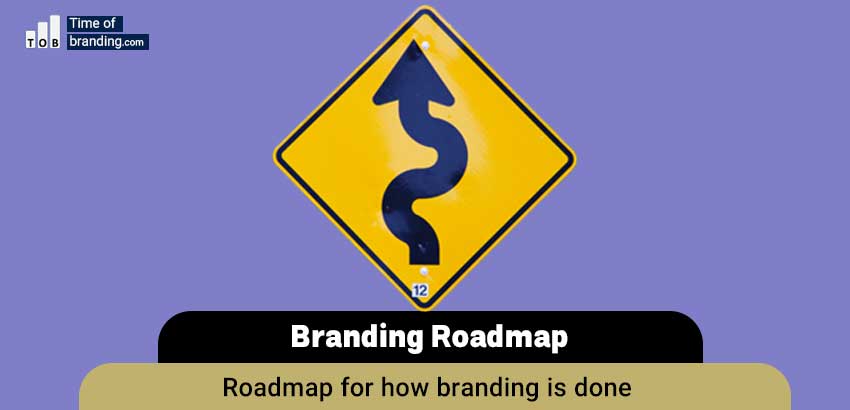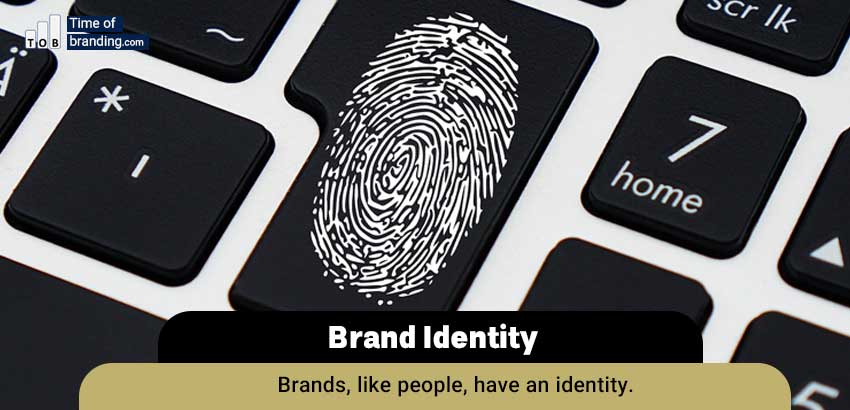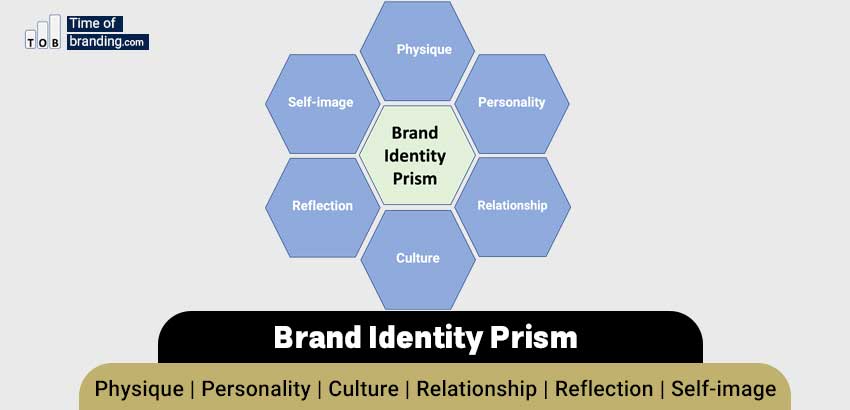Brand language is the set of words, tone and other non-verbal cues that a brand uses in a conversation with its audience and customers (Kapferer book “The New Strategic Brand Management”).
For many brand activists, the discussion of the brand’s visual identity is well established, and as soon as they decide on a brand name, they look for the choice of color and logo design and other visual elements of the brand.
But the interesting thing here is that the verbal identity is not so well-placed in the minds and is paid less attention.
Many brands do not consciously choose the language of conversation with the audience. Rather, this language is formed over time, unconsciously and based on events and accidents and the taste of different people who are responsible for speaking the brand (for example, advertising writers and designers, public relations officers, content creators, call center employees, etc.). .
It is even unlikely that the brand language will not be fundamentally formed. This means that each part of the website, each advertising campaign, each department and each sales and after-sales service employee has its own language, and these languages always remain different and do not converge.
In the definition of brand, we said that an important part of a brand’s assets is the image and associations that are formed in the mind of the customer and the audience of that brand.
How can this image and associations be formed? There is no doubt that the product itself and its features play an important role in the formation of these associations. But a part of this imagery and association is formed based on the words and phrases that the brand uses in its conversation with its customers.
What is the tone of your brand? What words do you use the most?

To get more familiar with your brand language, do some research and see what words you use more than others?
What words are repeated the most in your brochures and catalogs, on your website, in promotional teasers, in newspaper ads, and in the conversations your employees have with customers?
But don’t stop at the words. Pay attention to the tone. What is the tone of your brand conversation with the customer?
- Is it simple and intimate or serious and formal?
- Does your brand speak for an organization or a team?
- How logically does your brand speak and how emotionally?
- Does he talk about facts and realities in a serious way or does he talk about dreams and wishes in a very provocative way?
Have you thought about this or have you left the formation of the brand language to the passage of time and events?
Are the keywords in your advertising messages chosen based on their weight and rhyme, or were they selected based on alignment and consistency with the brand language?
How to choose the language and tone of the brand?
Do not forget that the brand is, first and foremost, a promise. Pay attention to your brand promise. See what words and phrases express this promise better and can remain in the audience’s mind. Make sure that these words, adjectives and phrases are the things that you want to be associated in the audience’s mind when they hear the brand name.
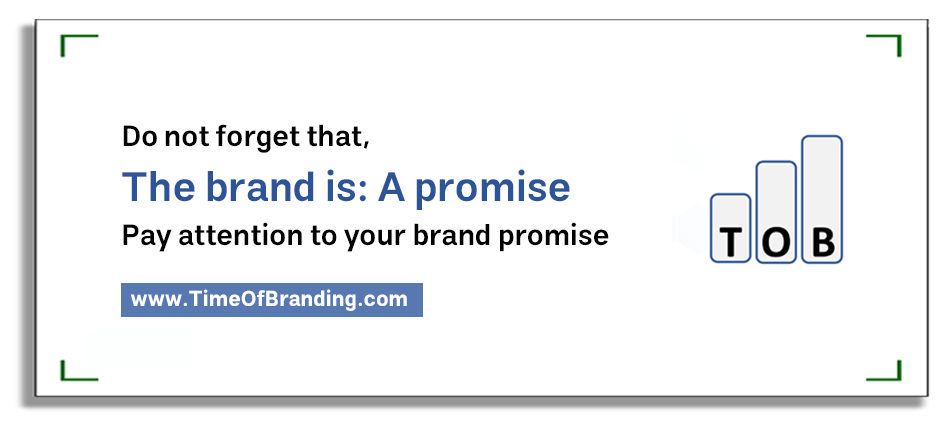
Also think about your brand’s value proposition. Try to list and write words and phrases that can describe the value proposition of the brand.
Above all, pay attention to your brand identity prism:
- What is your brand personality and how have you defined it?
- What culture is your brand based on and what kind of culture does it intend to promote?
- How have you defined the relationship with the audience in your brand identity charter?
- What image do you have of yourself?
- What kind of customers and audiences is your brand supposed to evoke?
- How have you defined the persona of the audience for your brand?
- The more accurate and clear answers you can give to these questions, the easier it will be for you to determine the framework and rules of the brand language.
Should the characteristics of the brand language be written?
Yes. Brand language should be recorded and written like an organizational document. But note that this document has different audiences, and for each group of audiences, you should adjust this document in a different way.
For example, a document prepared for the marketing and advertising department is likely to be limited to general policies. You can prepare and communicate a list of key and important words and emphasize what feelings and associations the brand language should evoke in the mind of the audience.
Re-emphasizing organizational values, brand promise, brand value proposition and brand identity can help marketing and advertising practitioners.
By doing this, they can use the brand language in different parts (designing product packaging, writing specifications on the packaging, writing content for the website, preparing a TV teaser).
But in the case of some departments, such as after-sales service or the call center, it may be better to describe and explain the brand language with examples. That is, instead of mentioning general rules and general frameworks, set up dozens of conversation examples based on the brand language and provide them to your colleagues.
Determining how to inform in this field depends to a large extent on your experience and creativity. However, it is important to make sure that the same language is used in all customer touch points:
The customer sees your TV ad. Monitors your social media accounts. Reading your website. Review your sales invoices. Reads the writing on your packaging. Chats with your sales staff. It asks for help from your after-sales service and in short, experiences your brand language over and over again.
